
How to Strap Your Ankle for Netball
When it comes to playing netball, protecting your ankles is crucial. Netball is a high-intensity sport with lots of jumping, quick changes of direction, and sudden stops—all of which put a lot of stress on your ankles. Proper ankle strapping can make a big difference in helping to prevent injuries and keep you confidently on the court.

Why Strap Your Ankle for Netball?
If you’ve sprained your ankle in the past, chances are the ligaments have been overstretched and are more vulnerable to future injuries. Even if you haven’t had a sprain before, netball’s fast-paced lateral movements make strapping a smart preventative measure. Ankle strapping helps:
-
Limit excessive sideways (lateral) movement
-
Support and protect the ATFL (Anterior Talofibular Ligament) — the most commonly injured ligament in netball
-
Allow movement onto your toes — essential for jumping and quick footwork
Our Favourite Strapping Technique for Netball
There are many different ways to strap an ankle, but the method we show in the video below is one we highly recommend for netball players. It’s designed to limit lateral movement while still allowing full range when rising onto your toes – crucial for performance without feeling restricted.
What makes this method special?
We include a reinforced section targeting the ATFL, using deliberate creases in the tape for added strength and protection exactly where it’s needed most. This small but important detail can help prevent a common and frustrating injury.
🎥 Watch the video below to learn step-by-step how to strap your ankle!
Why Choose Active Health for Netball Support?
At Active Health, we understand the demands netball places on your body — especially your ankles!
Our experienced physiotherapists are experts in sports injury prevention, rehabilitation, and performance optimization. We don’t just treat injuries; we help you prevent them and improve your game.
Whether you need a personalized strapping plan, ankle rehab exercises, or advice on the best way to stay strong and agile on court, we’re here to support you every step of the way.
🏐 From injury prevention to peak performance — we’ve got you covered
Ready to protect your ankles and perform your best this season?
Book an appointment with our team today and let’s get you game-ready!
This blog post was created by Active Health Waikato, need help but not in the Waikato? Check out our other clinics below and get in touch!
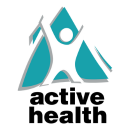

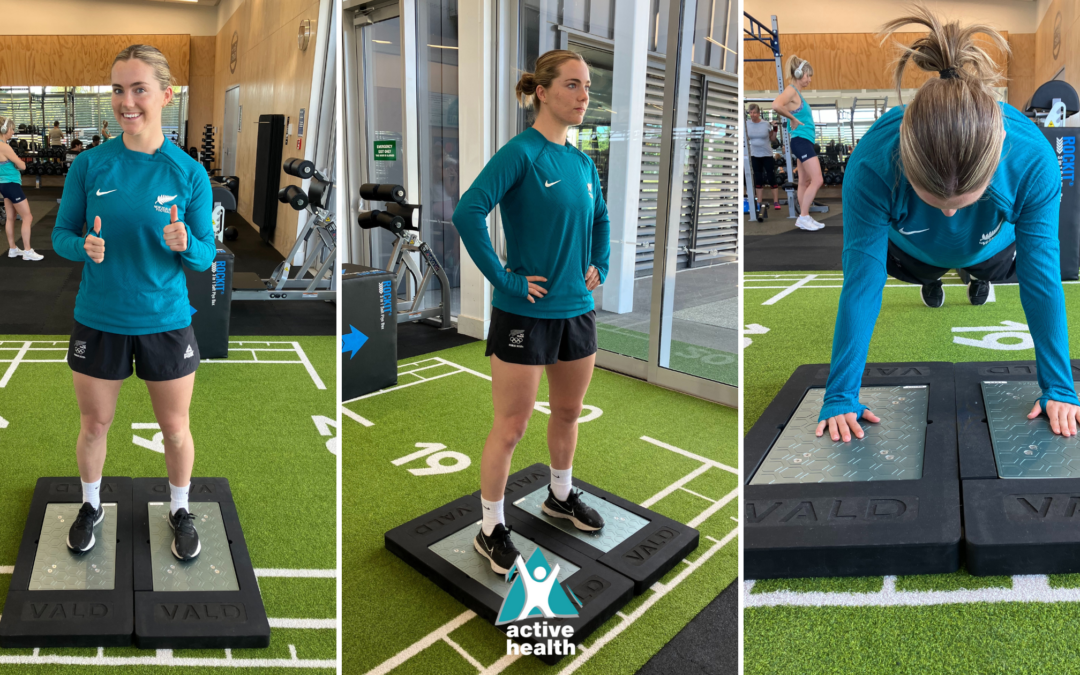
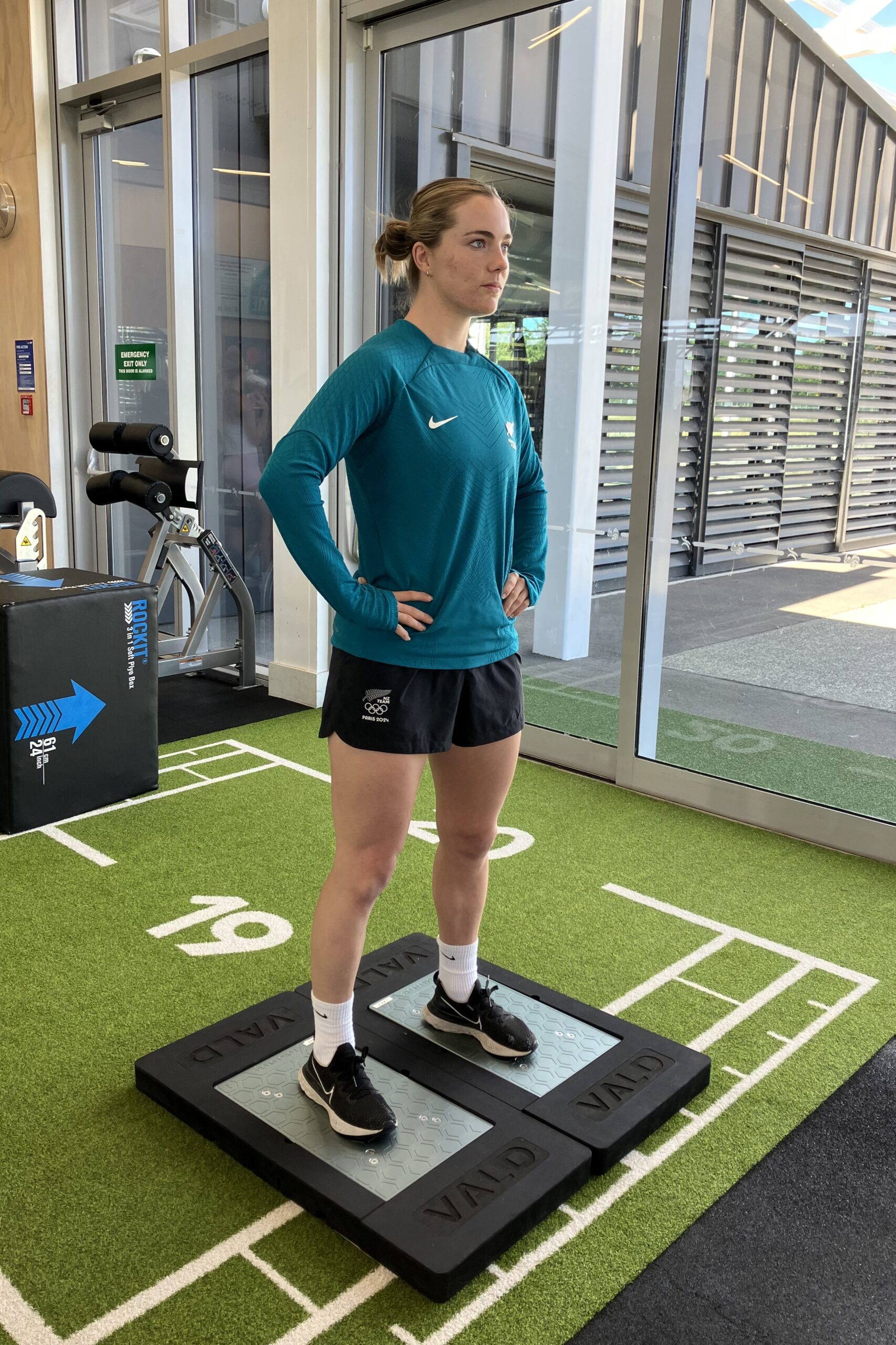
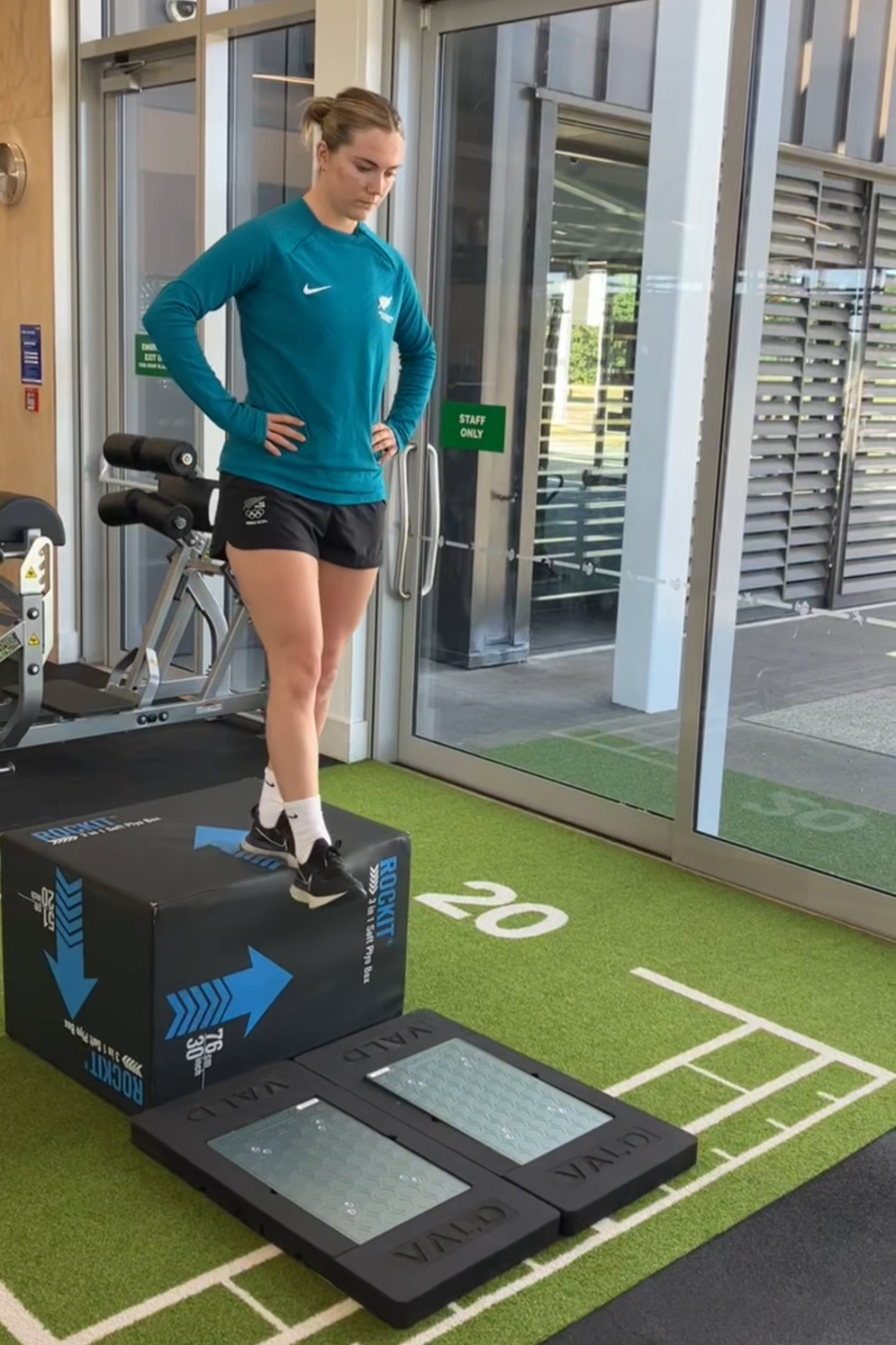


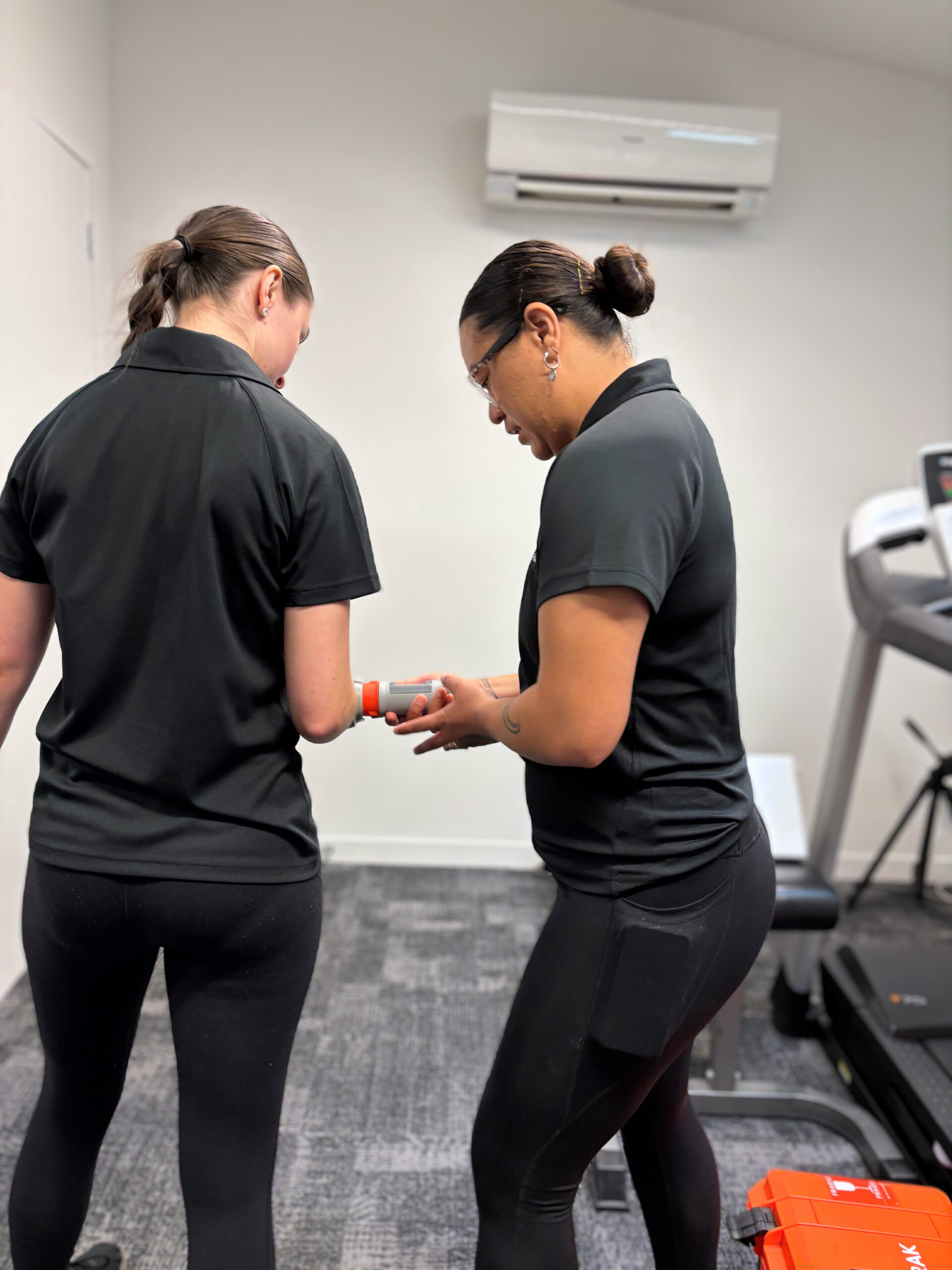
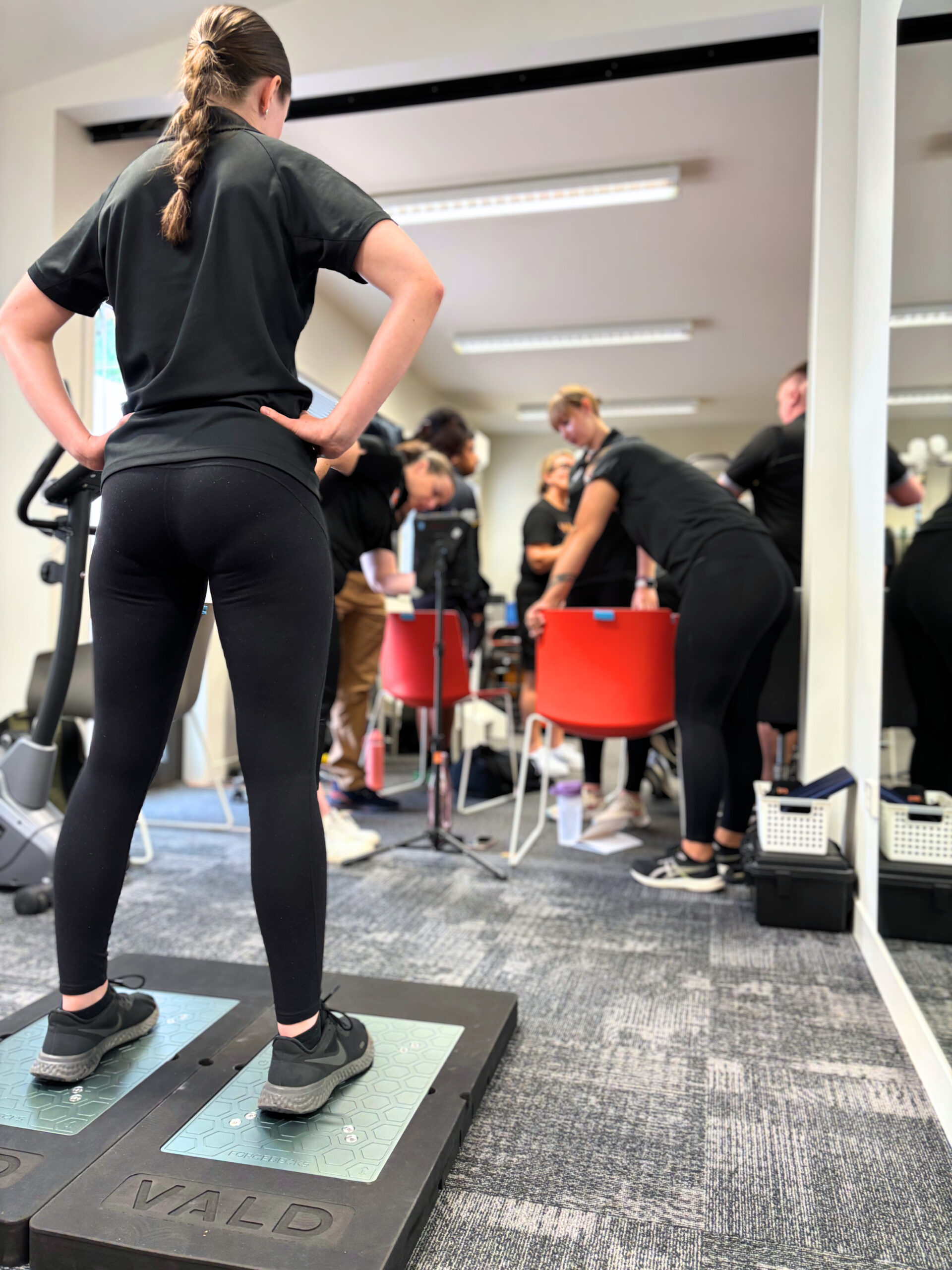
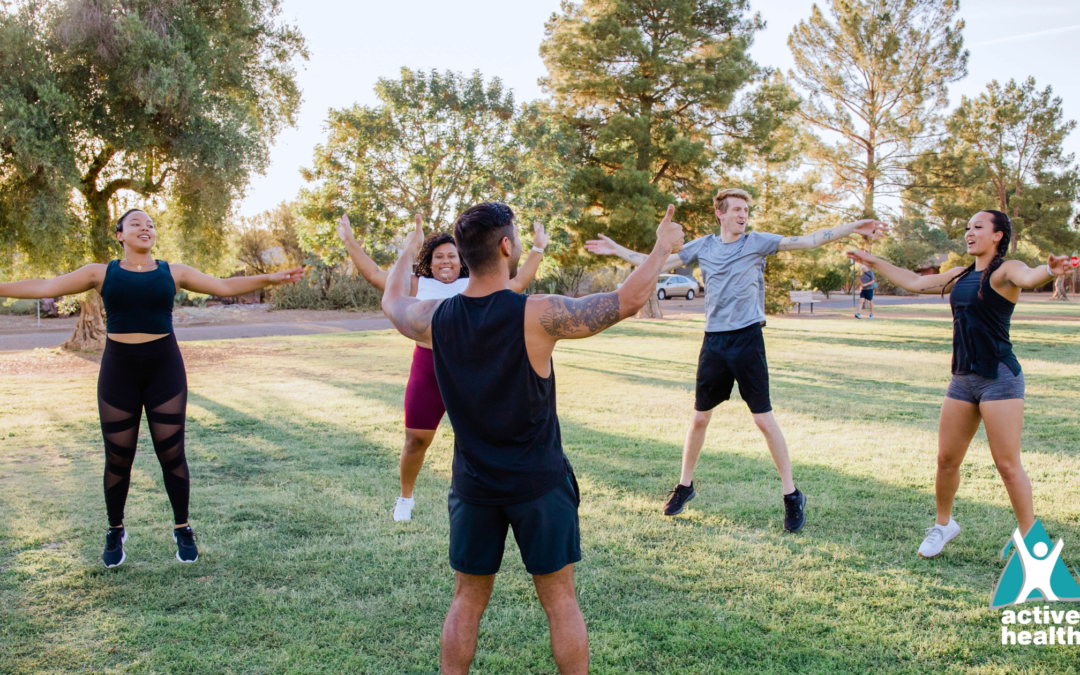



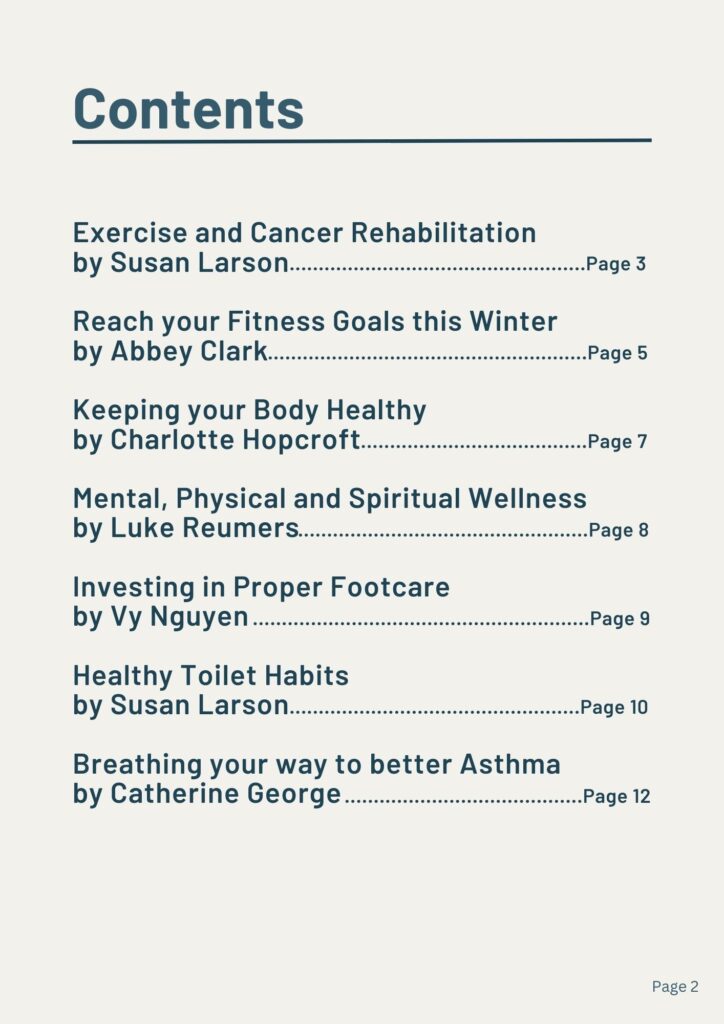

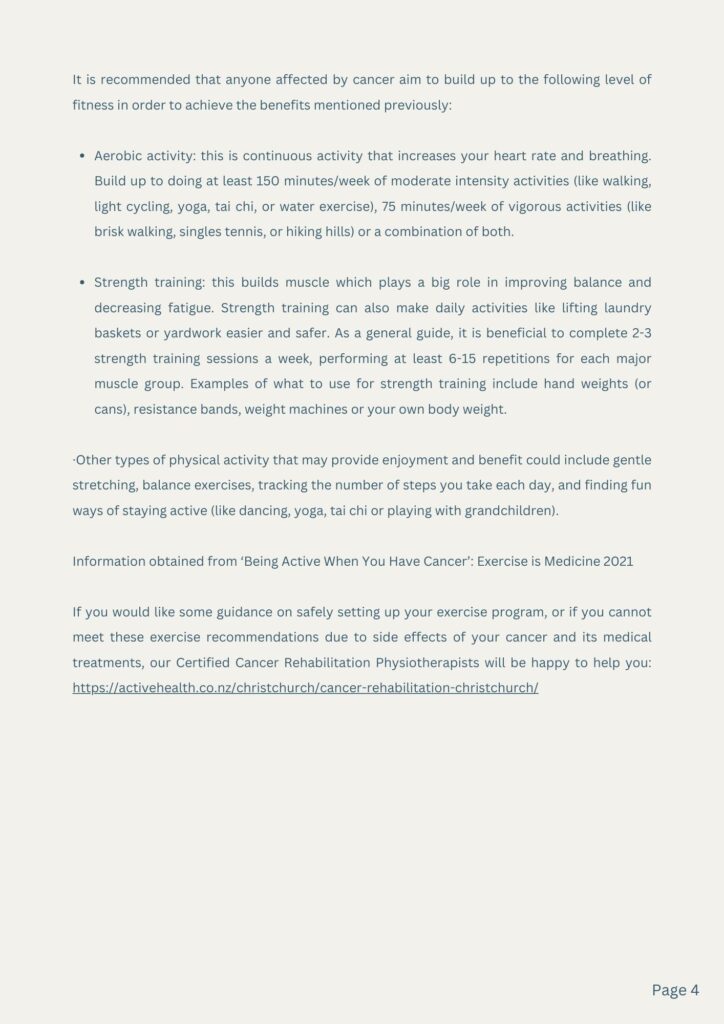

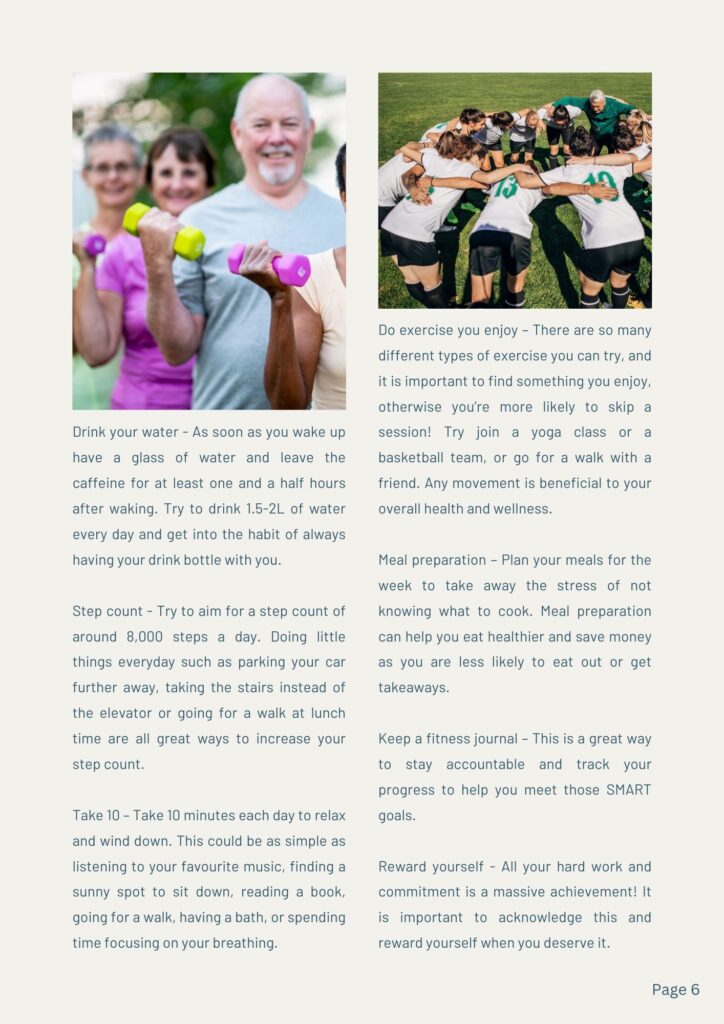
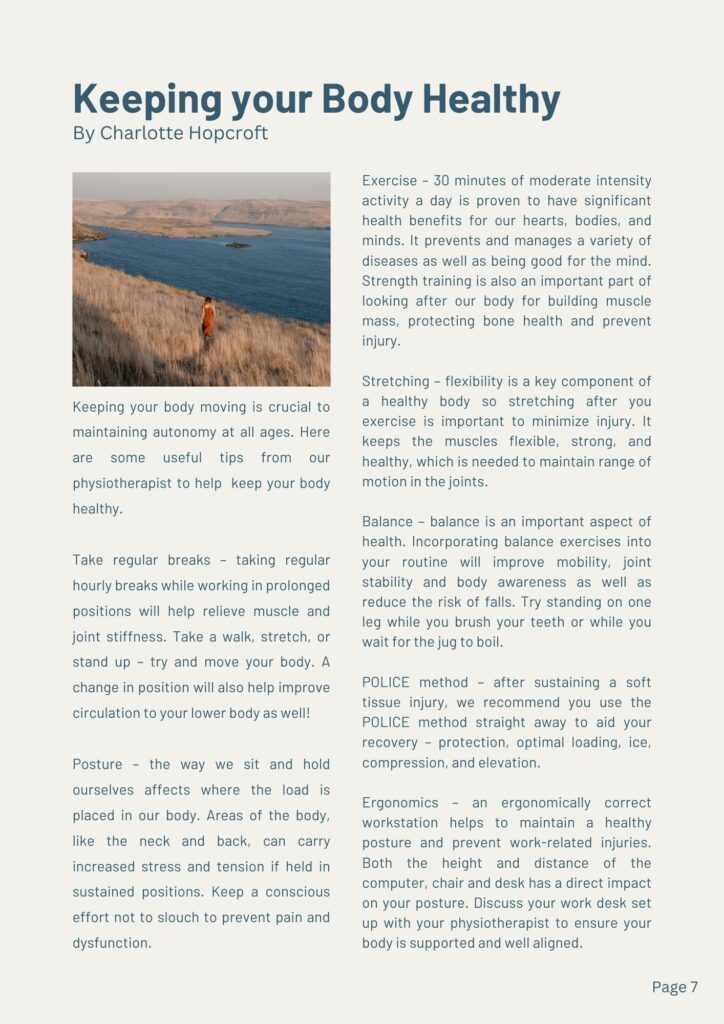

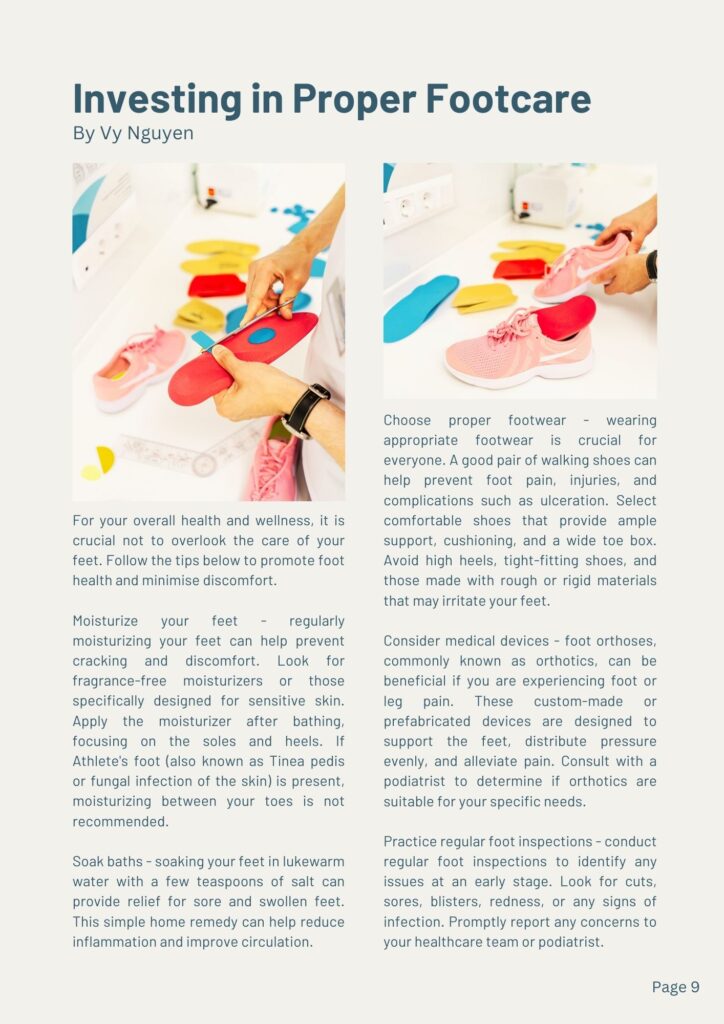
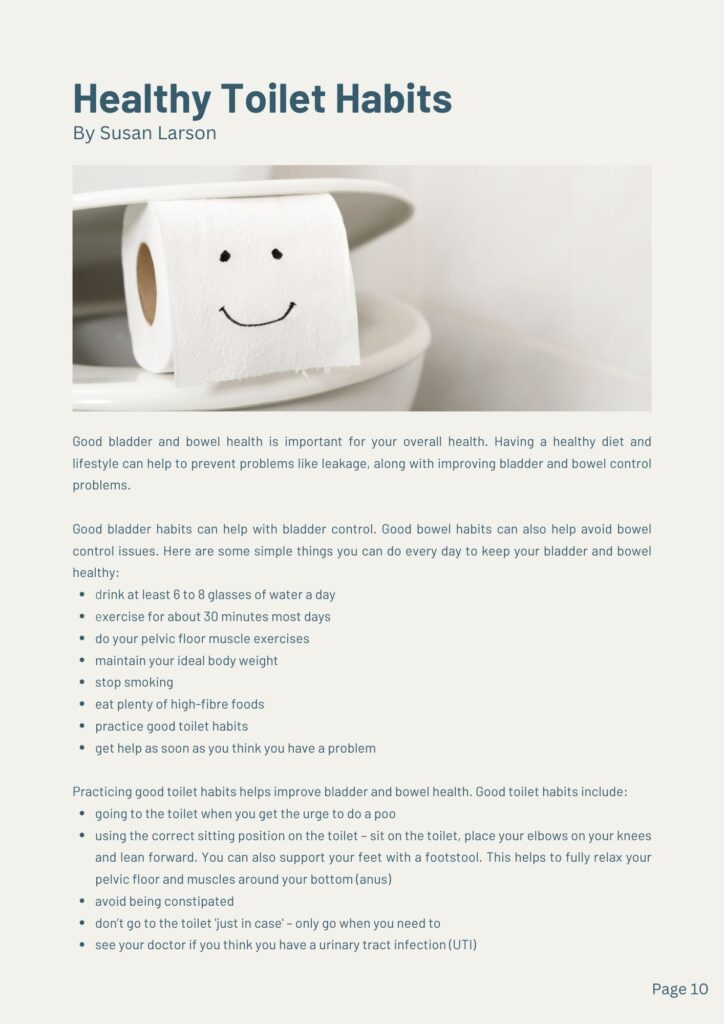

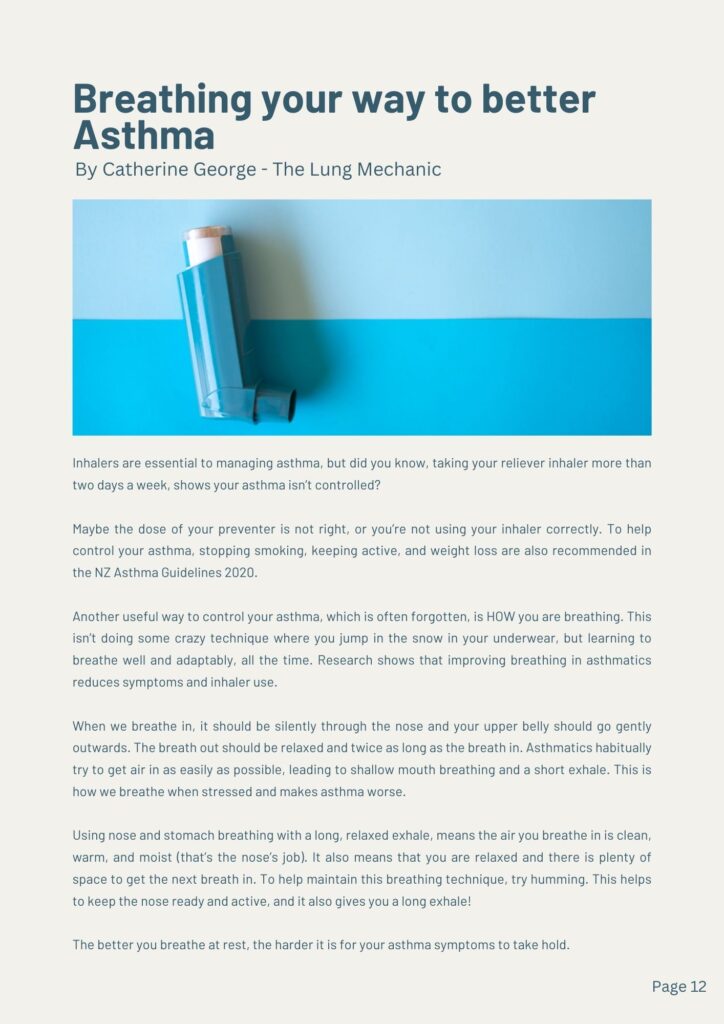

Recent Comments